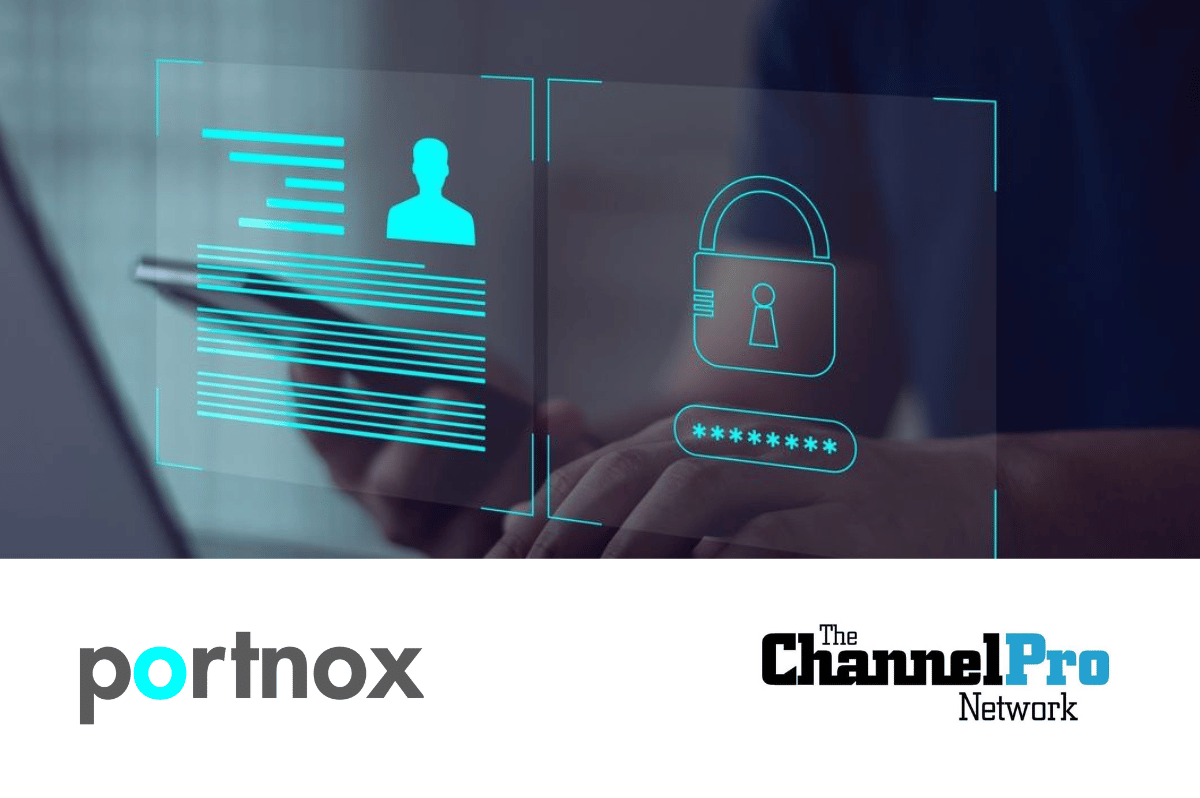Originally posted on DarkReading
Mergers and acquisitions (M&As) are a high-stakes game — one that’s as much about cybersecurity as it is about financials and market strategy. While executives obsess over valuations and cultural fit, cyber-risks often lurk in the shadows, waiting to turn a big win into an expensive mess.
When one company acquires another, it doesn’t just inherit assets and people, it absorbs an entire digital footprint. That means endpoints, credentials, legacy systems, and, in many cases, lurking security vulnerabilities. Fail to integrate security policies effectively, and congratulations — you’ve just bought a cyber-risk time bomb.
The Cybersecurity Due Diligence Gap
M&A due diligence typically focuses on financials, legal risks, and operational efficiencies. Cybersecurity? Too often, it’s an afterthought — if it gets considered at all. Yet skipping a cybersecurity audit is like buying a used car without checking under the hood. You may not see the problem right away, but rest assured, it’s there.
Acquiring companies need to scrutinize security policies, compliance history, and overall risk exposure before signing the deal. How are identities managed? Are employees reusing weak passwords? Any history of breaches? If you don’t ask these questions before the acquisition, you’ll be scrambling for answers when something inevitably goes wrong.
The Access Control Nightmare
Post-acquisition, IT integration is a logistical circus, but access control should never be left to chance. Employees from the acquired company often retain system access long after their roles change — or even after they’ve left. Worse, cybercriminals love the chaos of an M&A transition, exploiting weak authentication policies and outdated credentials.
IT teams must establish clear policies from day one; this means they need to enforce least privilege access, implement strong authentication measures (ideally ditching passwords altogether), and promptly revoke outdated credentials. And don’t forget about third-party vendors — because an old partner with stale credentials can be just as dangerous as a disgruntled ex-employee.
The Legacy System Dilemma
Mergers often unite companies with wildly different IT environments. One company might have a sleek, cloud-first model, while the other is clinging to legacy systems like it’s 2005. This technology mismatch creates security gaps that cybercriminals are all too happy to exploit.
Outdated security systems are expensive to maintain, slow to adapt, and often incompatible with modern security frameworks. If left unchecked, they become breeding grounds for unauthorized access, compliance violations, and security blind spots. A comprehensive security assessment of legacy infrastructure is critical. Standardizing security policies and leveraging cloud-native security solutions where possible will help close these dangerous gaps before they become front-page news.
The Human Factor: Social Engineering and Insider Threats
Employees from both companies are prime targets for phishing scams impersonating new leadership, HR departments, or IT support. If employees aren’t trained to recognize these tactics, someone will eventually click the wrong link.
Then there’s the insider threat. Mergers create uncertainty, and some employees — especially those who fear layoffs — may take sensitive data with them on their way out. Others may inadvertently expose systems by failing to follow new security policies.
Companies must prioritize cybersecurity awareness training, enforce phishing-resistant authentication, and actively monitor access patterns to detect anomalies. Because the last thing you want is a data breach caused by Bob from accounting forwarding confidential files to his personal email “just in case.”
Regulatory & Compliance Minefields
Mergers often cross industries, regions, and regulatory frameworks, each with its own compliance requirements. If the acquired company has been playing fast and loose with data privacy laws, that becomes the acquiring company’s problem overnight.
Compliance audits should be non-negotiable. Whether it’s Europe’s General Data Protection Regulation (GDPR), the California Consumer Privacy Act (CCPA), the Health Insurance Portability and Accountability Act (HIPAA), or the Payment Card Industry Data Security Standard (PCI DSS), companies must align with the strictest regulatory requirements across both organizations. A centralized approach to monitoring and reporting access activities ensures no one gets caught flat-footed when auditors come knocking.
The Bottom Line: Cybersecurity Must Be an M&A Priority
Cybersecurity isn’t just another item on the M&A integration checklist — it’s a business risk that can make or break the deal’s long-term success. Ignoring access control, security alignment, and compliance obligations doesn’t just invite breaches; it can erode trust, damage reputations, and even tank stock prices.
IT and security leaders must take a proactive approach to M&A security, ensuring that policies, access controls, and threat monitoring are seamlessly integrated from the outset. Because the only thing worse than discovering a security breach post-acquisition is realizing you paid a premium for it.
Try Portnox Cloud for Free Today
Gain access to all of Portnox's powerful zero trust access control free capabilities for 30 days!




